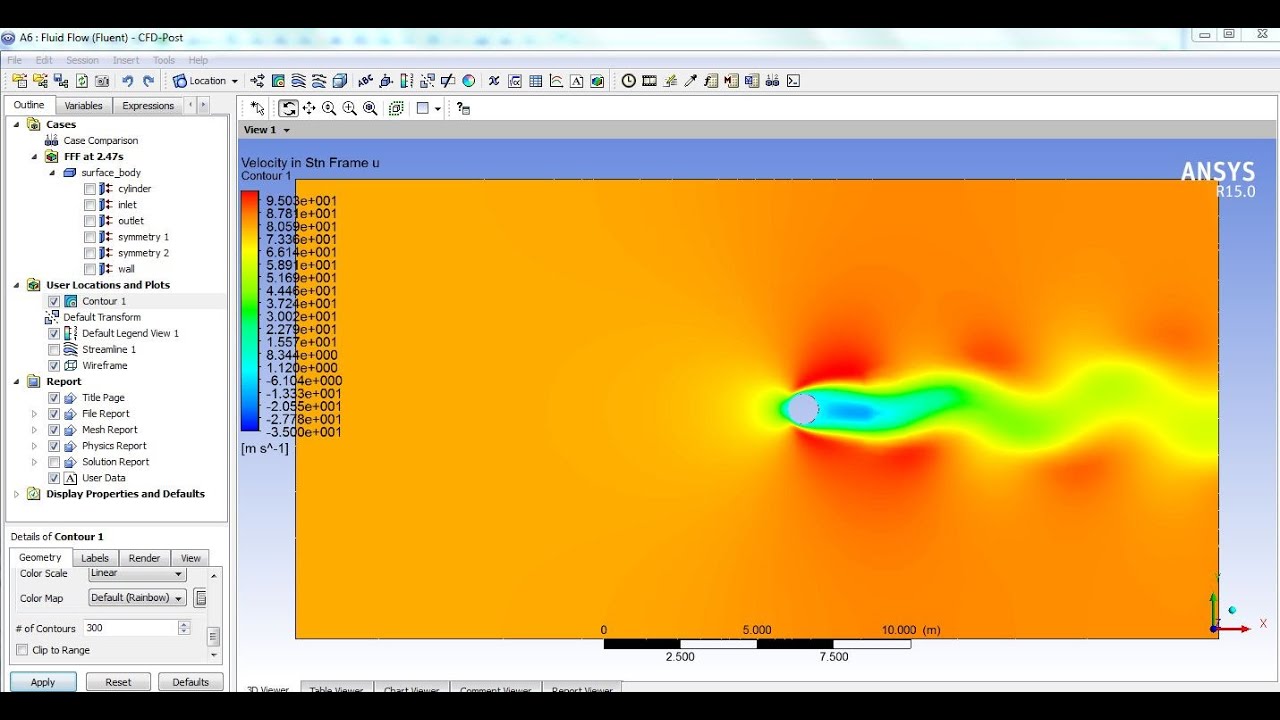These instructions apply only to Mac computers with an Intel processor.
Erasing your Mac permanently deletes all of its files, so make sure that you make a backup of any files that you want to keep. If you're attempting to restore your Mac to factory settings, first learn what to do before you sell, give away, or trade in your Mac.
Start up from macOS Recovery
Turn on your Mac, then immediately press and hold these two keys until you see an Apple logo or other image: Command (⌘) and R. You may then be asked to select a user you know the password for. Select the user, then click Next and enter their administrator password.

Use Disk Utility to erase your disk
HFSS Tutorials for Beginners to Professionals.This is the tutorial video on ANSOFT HFSS Software. If you are looking for HFSS Tutorial then this video playli. ANSYS HFSS is an industry standard tool for simulating 3-D full-wave electromagnetic fields. Students registered in ECE451 can get free access to ANSYS HF package from the University of Illinois Software Webstore. Follow the installation guide. to install the software on your PC. Modern Mac versions have advanced to a new file system format called HFS plus as a replacement of the conventional HFS file system. In this article, I will provide a step-by-step guide on recovering HFS/HFS+ partition but before then, let's have a look at deeper details on the HFS file system. So my good friend at Random Affects Pedals gets a tip from a diy effect pedal forum, and there happened to be someone who was etching a Morning Glory circuit Board, wondering if there was anyone interestedHe bought three of the ten examples available, populated them with prime parts, and voila. HFSExplorer is a lightweight application that can read Mac-formatted hard disks and disk images. It can read the file systems HFS (Mac OS Standard), HFS+ (Mac OS Extended) and HFSX (Mac OS Extended with case sensitive file names).
- From the utilities window in macOS Recovery, select Disk Utility and click Continue.
- Select Macintosh HD in the sidebar of Disk Utility. Don't see Macintosh HD?
- Click the Erase button in the toolbar, then enter the requested details:
- Name: Continue to use Macintosh HD as the name, or enter a different name.
- Format: Continue to use APFS or Mac OS Extended (Journaled), as recommended by Disk Utility.
- Click Erase Volume Group. If you don't see this button, click Erase instead.
- If Find My is turned on for this Mac, you may be asked to enter your Apple ID to authorize the erase. Forgot your Apple ID?
- After the erase is done, select any other internal volumes that may be listed in the sidebar, then click the delete volume (–) button in the toolbar to delete each volume.
You don't need to delete the Macintosh HD volume you just erased, or any external volumes or disk images. - Quit Disk Utility to return to the utilities window.
- If you want to start up again from the disk you erased, you should now reinstall macOS on that disk.
Hfss On Mac Download
If you don’t see Macintosh HD in Disk Utility


Hfss Macbook
Your built-in startup disk should be the first item listed in the Disk Utility sidebar. It's named Macintosh HD, unless you changed its name. If you don't see it there, choose Apple menu > Shut Down, then unplug all nonessential devices from your Mac and try again.
If your disk still doesn't appear in Disk Utility, or Disk Utility reports that the erase process failed, your Mac might need service. If you need help, please contact Apple Support.
Learn more
For more information about using Disk Utility, see the Disk Utility User Guide.
